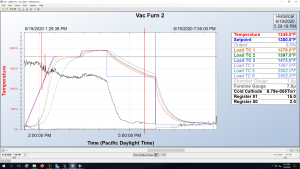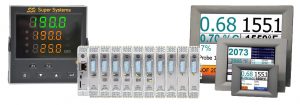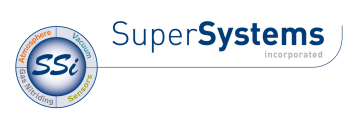AMS 2750 F Updates

The Super Systems team has been actively engaged in the AMS 2750 F updates. We have reviewed the document that was released in June and have been anticipating a number of items that most certainly will affect the heat treating community. As a controls and data acquisition supplier, we make it our business to stay up to date. Therefore, we would like to address two specific areas below.
Decimal Point Data Logging
Section 3.2.3.2 states that digital recording instruments shall have a minimum readability of .1 F or .1 C within 2 years of AMS 2750 F.
This seems to be the item that has raised the most questions. We capture hundreds of thousands of pieces of data daily at heat treaters across the globe. We recognize that some modifications may be required to your SSI controls or software. We are equipping our sales channels with the tools to determine what updates are required for your equipment. For customers not currently data logging to a tenth of a degree, most SSi instrumentation and software can be brought into compliance with forthcoming updates. However, some very old legacy controls have hardware component restraints that make updates impossible. These will require replacement.
The SuperDATA SCADA package does support decimal point logging and if you are not doing the data logging now, some modifications to the system may be required. Our team is prepared to address your questions and help develop a plan for meeting this AMS 2750 F specification.
Digital Timing
Section 3.2.3.19 states that the timing function for all digital recording instruments and data acquisition systems shall be calibrated annually and shall be accurate to ±1 min/h. There is an alternative to using a manual process for this timing; the specification says a documented digital synchronization of timing systems to NIST (or international equivalent) via satellite, internet, or telephonic systems periodically (at least monthly) to support a ±1 min/h accuracy is acceptable. This can easily be addressed using current computer networking and operating systems in place. An automated process will certainly be the way to go and should only require a few steps to achieve synchronization.
